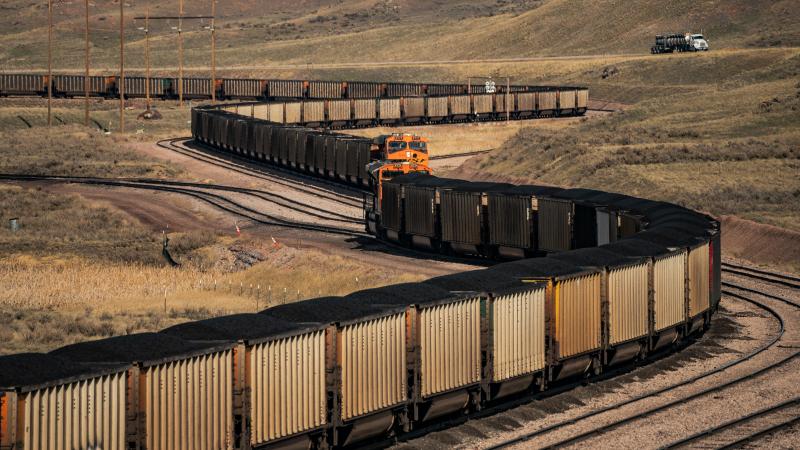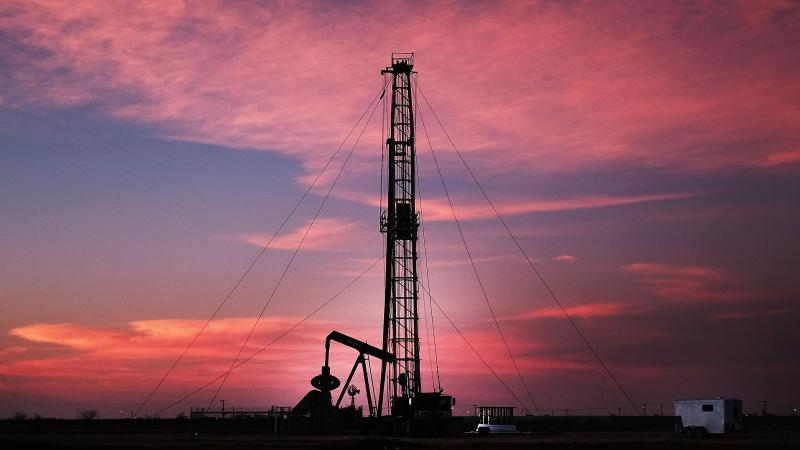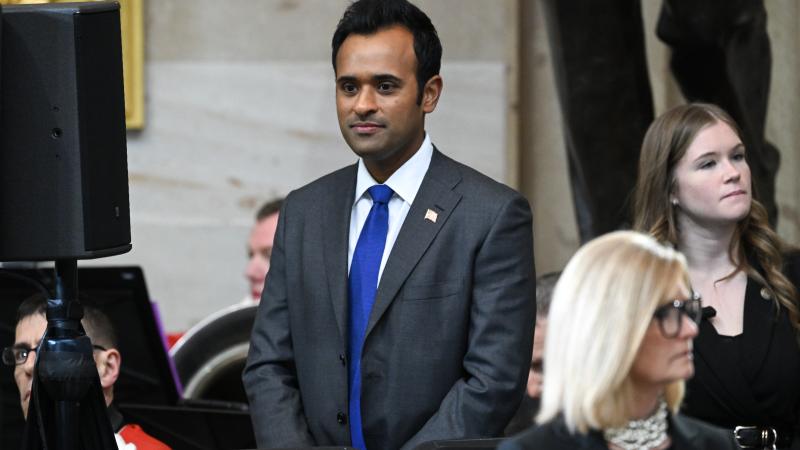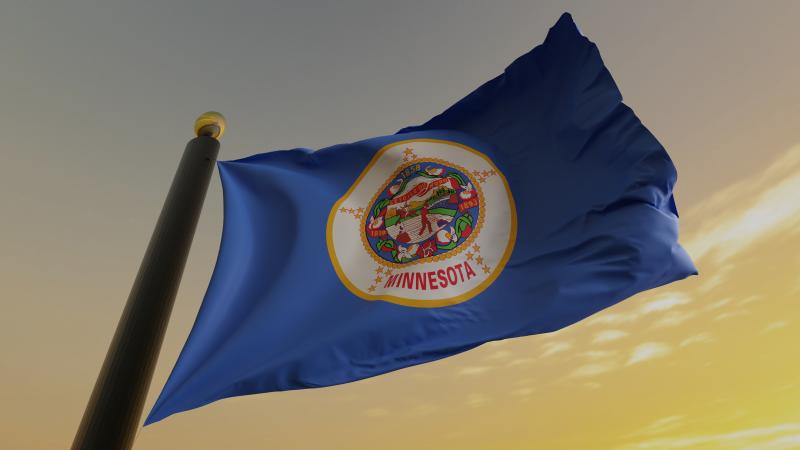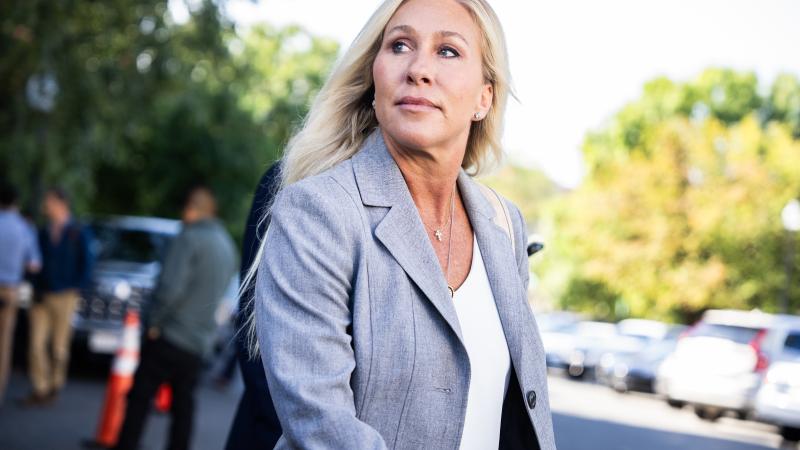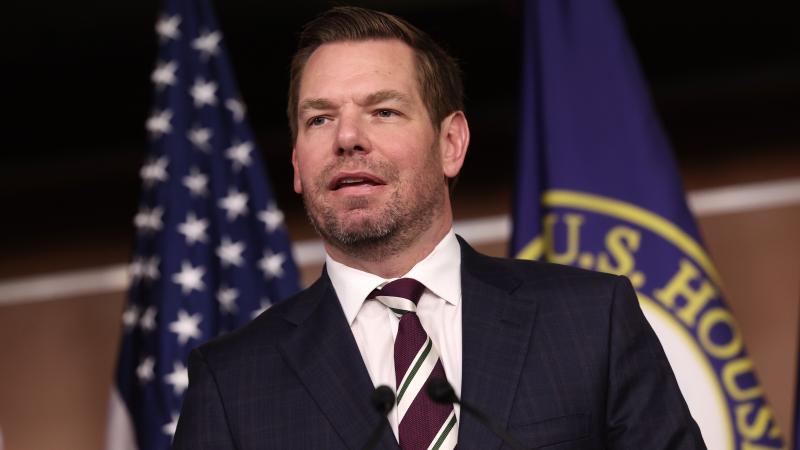Ignored for too long, offshore wind opponents form a national coalition to amplify their concerns
“There is power in numbers. So putting all of these groups together under the umbrella of an alliance, one hundred percent makes sense,” Mandy Davis, president of the National Offshore-wind Opposition Alliance (NOOA), said.
President Joe Biden set a goal of creating 30 gigawatts of offshore wind by 2030, but as the impacts of an extensive industrialization of the nation’s coasts are realized, opposition to the offshore wind industry is growing.
Opposition groups have been largely local, such as Save LBI, Protect Our Coast-LINY, and ACK for Whales, but with media, environmental groups, and the federal government cheering on offshore wind development, local organizations have found it hard to draw attention to their concerns.
Now, a national coalition is bringing together these disparate groups in hopes that a larger footprint will pool their resources and increase their visibility.
“There is power in numbers. So putting all of these groups together under the umbrella of an alliance, one hundred percent makes sense,” Mandy Davis, president of the National Offshore-wind Opposition Alliance (NOOA), told Just the News.
Davis said she chose the acronym as a sort of dig against the federal agency, which many opposition groups say ignores their concerns about offshore wind.
The alliance has a single focus: saying no to offshore wind. Its charter states that the group is politically neutral, covers all large bodies of water — including the Great Lakes, where offshore wind is being developed — and NOOA doesn’t advocate for any other energy source.
They are also staying financially independent, meaning they won’t accept funding from any energy industry source, including oil and gas companies.
“We don't get into the weeds with politics, with advocating anything else, with religion, with taking money from or talking about other energy sources,” Davis explained.
She said she’s been a marine issues activist for a long time, and has been going to offshore wind conferences — what she calls “industry dog and pony shows” — learning more about the impacts of the industry.
“The more I got into researching it, and the more I realized what it entailed … and how it truly was not green. It was not sustainable, and I have a very specific definition of renewable. It's none of those things. It was really obvious the public was being duped,” Davis said.
She found the federal and California state-level permitting process to be inadequate in assessing the impacts of offshore wind power, so she started the Responsible Energy Adaptation for California's Transition (REACT) Alliance, a grassroots coalition of California citizens united to oppose the Central Coast Offshore Wind Energy Project.
Unlike East Coast offshore wind farms, the West Coast shelf drops off much closer to shore. This means driving 30-foot wide monopiles into the seabed floor isn’t feasible. Instead, the turbines will float on the ocean surface and be held in place with anchors connected to the ocean floor. The substations serving these projects will also be floating.
Last month, a single blade from one turbine in the Vineyard Wind project off the coast of Martha’s Vineyard broke off and fell into the ocean, scattering shards of fiberglass across the beaches of Nantucket. The blade was 351 feet long and weighed 70 tons. A month later, cleanup efforts continue.
The incident happened in calm weather, and Davis is worried what will happen on the West Coast if a floating offshore wind installation breaks its anchor. These proposed turbines stand over 800-feet high from base to the tip of the blade, and all that steel and fiberglass will fall into the ocean and contribute to beach pollution if something goes wrong.
“It could be a humongous environmental disaster,” Davis said.
While these kinds of concerns would usually garner attention from environmental nonprofits, most have been defending the offshore wind industry. When the Vineyard Wind blade incident littered pristine beaches with fiberglass, the Sierra Club was primarily concerned with how it would impact public perceptions of offshore wind instead of the immediate environmental and safety impact.
“Now we must all work to ensure that the failure of a single turbine blade does not adversely impact the emergence of offshore wind as a critical solution for reducing dependence on fossil fuels and addressing the climate crisis,” Nancy Pyne, Sierra Club senior advisor for offshore wind said in a statement.
Greenpeace has likewise campaigned against claims that offshore wind is harming whales.
“We're up against the wall. We need more media coverage. We need to be able to engage politically. We need to be able to lobby. We need to be able to get information out to people and and and have that kind of power,” Davis said.
Christina Tisi-Kramer, a photographer in Long Island, New York, who runs Protect Our Coasts-LINY, is joining the board of NOOA. She has been campaigning against New York’s offshore wind plans since she received a letter from an offshore wind developer notifying her that they were going to build a 400,000-volt transmission cable in front of her house.
She told Just the News that concerned residents in her community have been ignored, but she hopes a national coalition of groups across the country will change that.
“With our voice, our votes and our voices, they won't be able to ignore us anymore,” Tisi-Kramer said.
The Facts Inside Our Reporter's Notebook
Links
- the impacts
- extensive industrialization
- are realized
- Save LBI
- Protect Our Coast-LINY
- ACK for Whales
- environmental groups
- (REACT) Alliance
- Central Coast Offshore Wind Energy Project
- driving 30-foot wide monopiles
- will also be floating
- 351 feet long and weighed 70 tons
- cleanup efforts continue
- 800-feet high from base to the tip of the blade
- said in a statement
- campaigned against claims
- Protect Our Coasts-LINY


